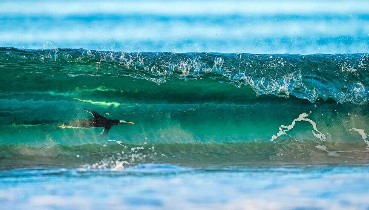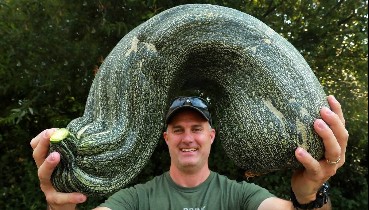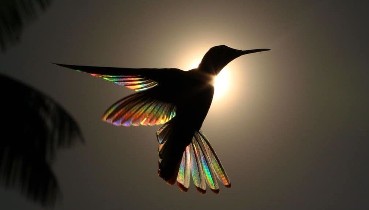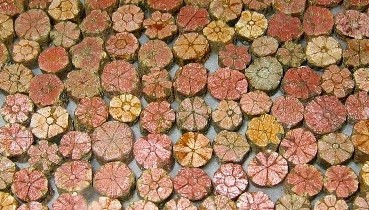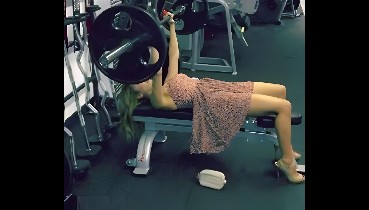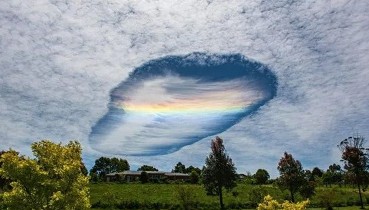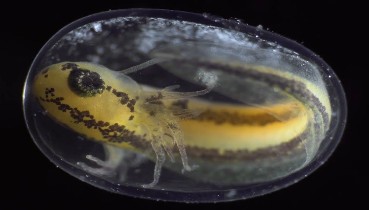The wild African black leopard has been the stuff of legend and campfire story for decades.
The animal – whose coat is sooty black as a result of melanism, the opposite of albinism – is extremely rare.
But a British wildlife photographer has taken the first professional camera trap photos of a wild black leopard in Africa.
Will Burrard-Lucas captured the images, which were released to the public on Monday, at the Laikipia Wilderness Camp in Kenya after hearing reports of sightings in the area.

After meeting with locals who had seen the animals, and following leopard tracks, Burrard-Lucas set up a Camtraptions camera trap that included wireless motion sensors, in the hope of photographing the animals at night.
After several days without success Burrard-Lucas returned to his cameras to find a striking image.
“I had a quick look at the last trap, not expecting to find much,” Burrard-Lucas wrote on his blog. “As I scrolled through the images on the back of the camera, I paused and peered at the photograph below in incomprehension … a pair of eyes surrounded by inky darkness … a black leopard! I couldn’t believe it and it took a few days before it sank in that I had achieved my dream.”
Nicholas Pilfold, from the institute for conservation research at the San Diego Zoo, is the author of an article in the African Journal of Ecology about the new photographic evidence captured by Burrard-Lucas.

Pilfold writes that while there have been recorded reports of black leopards in Africa for more than a century, only one had been confirmed with photographic evidence, a 1909 photograph taken in Addis Ababa, Ethiopia.
“We had always heard about black leopard living in this region,” Pilfold told USA Today. “Collectively these are the first confirmed images in nearly 100 years of a black leopard in Africa, and this region is the only known spot in all of Africa to have [the] black leopard.”


